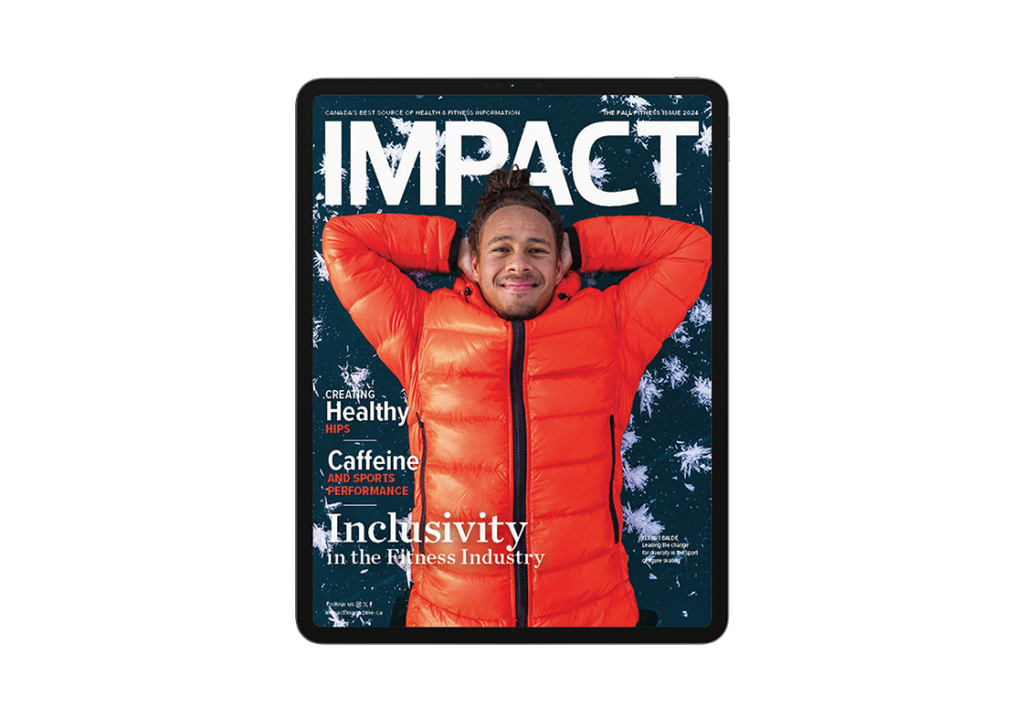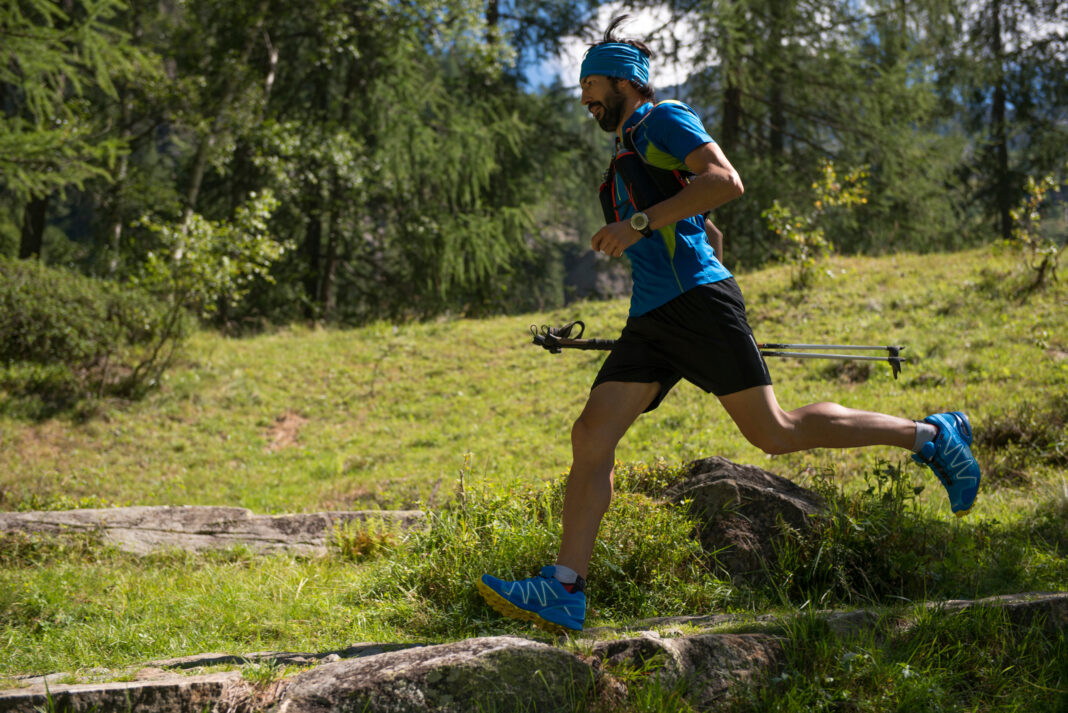Many runners fear “hitting the wall” which is a sudden slowdown in pace in the late stages of a marathon or ultramarathon. Hitting the wall was traditionally blamed on running out of carbohydrates, yet many runners find they still fall apart even when they take plenty of gels and sports drinks.
New scientific research suggests that fading at the end of a marathon or ultramarathon is better thought of as a weakness on a new dimension of fitness: resilience. Resilience represents your body’s ability to resist deterioration in fitness over the course of a long race.
Resilience as a new dimension of running fitness
Traditionally, physiologists quantified fitness for the marathon and other long races using three key metrics: VO2max, lactate threshold, and running economy. The combined effects of these three dimensions of fitness were first highlighted in a 1991 paper by Michael Joyner, a doctor and physiologist at the Mayo Clinic.
Joyner was interested in the fastest possible marathon achievable by a human. He recognized that the product (in the literal, mathematical sense) of VO2max, lactate threshold, and running economy gave an estimate of the fastest aerobically sustainable pace that a runner could achieve.
After poring over data on elite runners, he identified the highest recorded values for all three of these dimensions of fitness. Combining them into a “best possible athlete,” he came up with a prediction of 1:57:58—quite a bold take, given that the world record was only 2:06:50 at that time.
Years later, these same dimensions of fitness served a key role in the physiology testing done as part of Nike’s Breaking2 Project. Testing done at the University of Exeter, U.K. and the Nike Sport Research Laboratory, Oregon—as published in the Journal of Applied Physiology in 2021—revealed something astonishing: many of the 16 athletes had better lab values than Joyner’s 1991 predictions.
Updating the “best possible athlete” prediction with data from the 16 Breaking2 athletes gave an astonishing marathon prediction of 1:55:05. While one of these athletes (Eliud Kipchoge) did end up running 1:59:40 at the Ineos 1:59 Challenge, the suggestion that nearly five more minutes were left on the table seems implausible—something must be missing in the traditional model of fitness.
In 2023, Andrew Jones, a professor at the University of Exeter, U.K. published a paper proposing a new, “fourth dimension” of fitness.
Jones, who was the lead author on the Breaking2 paper, noted that endurance athletes differ from one another not just in VO2max, lactate threshold, and running economy, but also in their ability to resist the deterioration in these three components of fitness over time.
It is this fourth dimension of fitness—resilience—that determines whether you can finish a marathon strong or whether you stagger through the final miles.
Why fitness deteriorates in long races
All three traditional components of fitness (VO2max, lactate threshold, and running economy) likely deteriorate over the course of a marathon, but the strongest evidence to date points to deteriorating running economy as perhaps the biggest culprit.
A remarkable 1991 study had 10 runners complete a marathon on an indoor track—twice—to study how running economy deteriorated over time. The average runner’s economy deteriorated by five per cent, but individual responses were quite variable: some lost barely any economy, while others lost up to 10 per cent—enough to turn a 4:00 kilometre into a 4:30!
There are a few explanations why running economy deteriorates. First, muscle damage: long, continuous runs cause muscle fibres to rupture, and clearly a damaged muscle will struggle to produce the same amount of force. The effects of muscle damage are particularly bad when running downhill: just 30 minutes of downhill running can damage running economy by four to seven per cent, which explains why marathons with a downhill start, like Boston, are so notorious for being difficult in the final miles.
Another contributor is glycogen depletion, both in muscles as a whole and at key junctions within muscle fibres. As glycogen gets depleted, especially at these key fibre junctions, you need to recruit more muscle fibres just to produce the same amount of force, which drives up the metabolic cost of running.
The third is central fatigue: a gradual inhibition of your brain’s ability to send signals to your muscles. The precise mechanisms behind central fatigue are still a mystery, but, according to a 2007 study published in Experimental Physiology, it seems to be rooted in your brain’s perception of the local environment within your working muscles. Again, greater central fatigue means more fibre recruitment to maintain the same speed, which hampers running economy.
Training to boost resilience
What kind of training interventions actually boost resilience? Hard data is lacking, but we can use the root causes of resilience for guidance. To condition your muscles to resist damage, you can use long runs through large, rolling hills.
For delaying glycogen depletion, aggressive fueling with at least 60 grams per hour of carbohydrates will help, as will doing long, fast workouts at speeds within 10 per cent of marathon pace—slower speeds rely more heavily on fat and won’t tax your glycogen stores enough.
Long, fast workouts are also helpful for resisting central fatigue: progressively exposing your body to more running at race-specific speeds should help stave off central fatigue, even if these exact causes of central fatigue remain a mystery.
With these kinds of targeted interventions, you can go from struggling in the final stages of long races to having plenty left in the tank for a strong finish.
Re-printed with permission from John J. Davis: https://runningwritings.com/news.
You may also like: Running and Bone Health

Read This Story in Our 2024 Fall Fitness Issue
IMPACT Magazine Fall Fitness Issue 2024 featuring Canadian figure skating icon Elladj Baldé, Paralympic shot putter Greg Stewart, Indigenous rights trail running Anita Cardinal. Adventure travel with some amazing winter getaways, strengthen your back and hips, find the art of joyful movement, Inclusivity in the fitness industry and so much more!

















